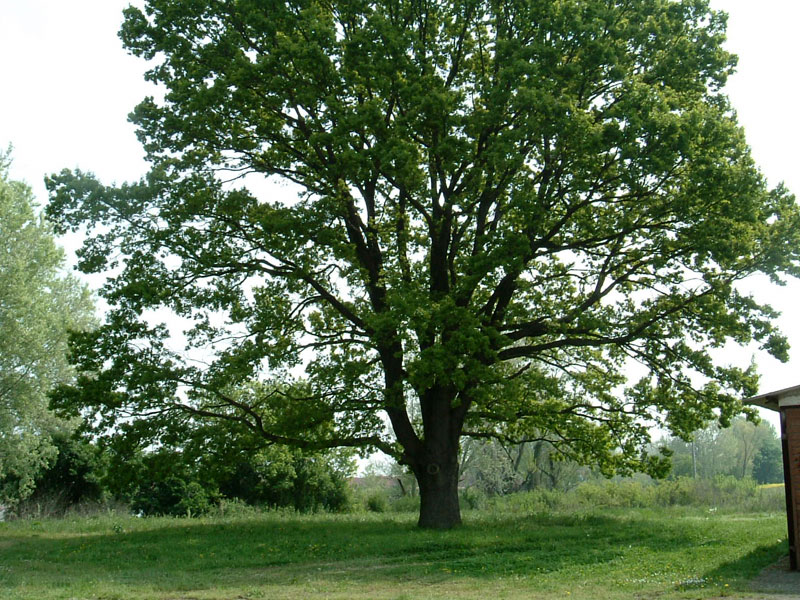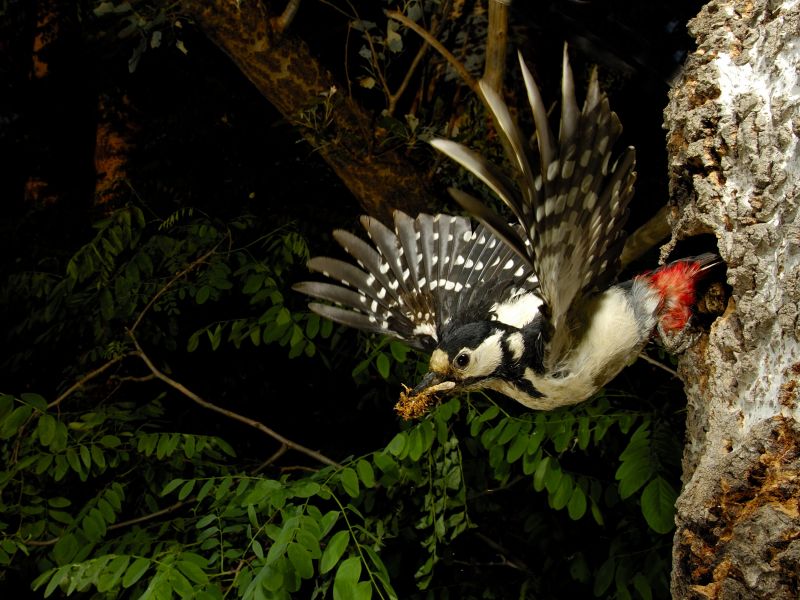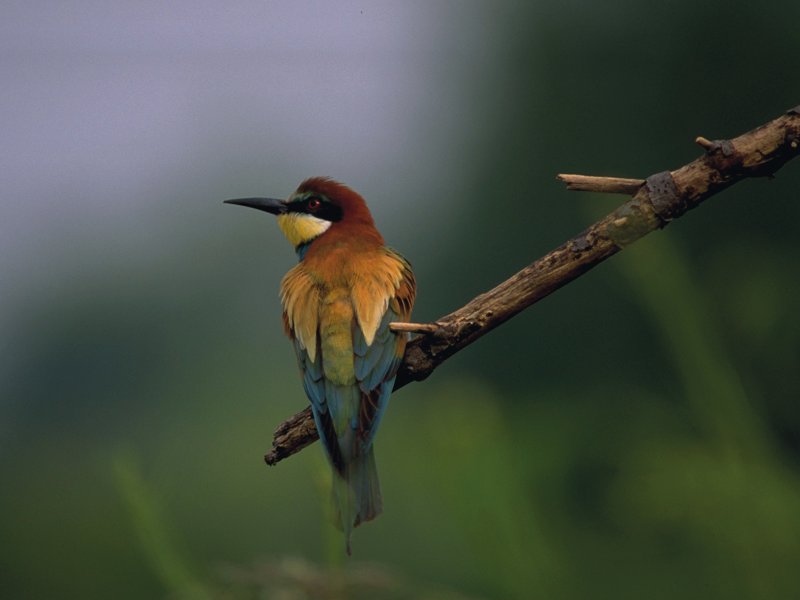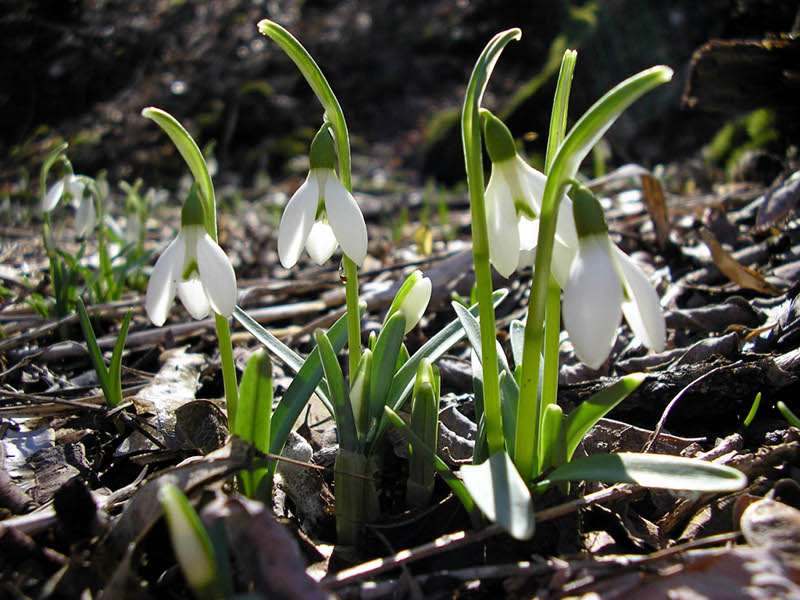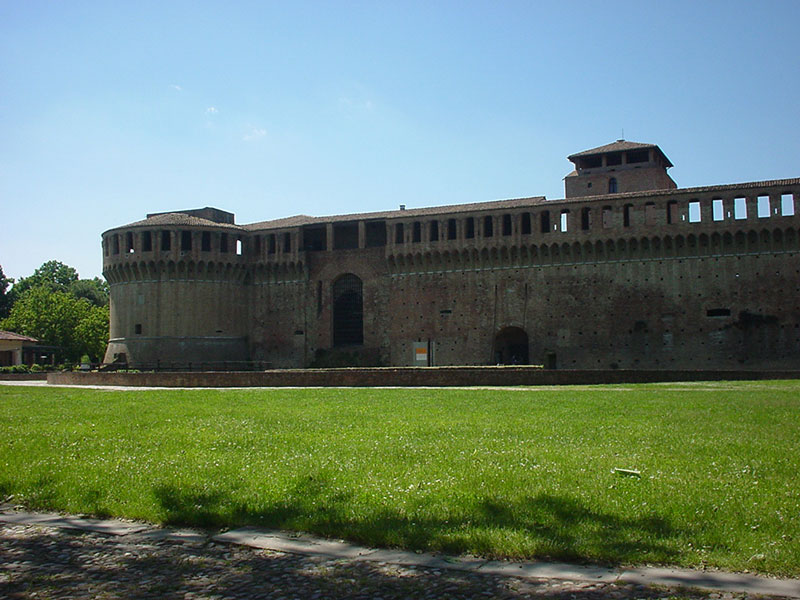Riserva Naturale Orientata Bosco della Frattona
www.parchiromagna.itProtected Area
Identity Card
- Land Surface Area: 15.85 ha
- Lower altitude (m): 80
- Higher altitude (m): 140
- Regions: Emilia Romagna
- Provinces: Bologna
- Municipalities: Imola
- Establishment Measures: DPGR 299 27/03/1984
- PA Official List: EUAP0256
- Park Authority: Ente di gestione per i Parchi e la Biodiversità - Romagna
The Reserve
Near Imola, along the valley of the stream Correcchio, a precious evidence of the ancient landscape of the lower stretch of the hills survives. In the background of the recent urban expansion, Frattona compact forest mantle preserves a good degree of naturalness. The peculiar substratum characterizing the area is geologically known as "Imola sands", called in the 19th century "yellow sands" for the presence of iron oxides: it formed in the sea about one million years ago and has returned interesting animal and plant fossils. Giuseppe Scaravelli, a forerunner of Italian geology, investigated the territory since 1840 and discovered precious finds of big terrestrial mammals and tools dating back to the Lower Paleolithic. These finds are preserved today in Imola, in the museum that has been dedicated to them.
Wildlife
Mammals
The Reserve is populated by the wildlife characterizing the stretch of the hills adjacent the plain, although the forest environment favors a richer and more diversified presence with respect to the cultivated areas or the coppice forests.
Among the mammals, you can easily sight the squirrel, while other rodents (fat dormouse, common dormouse, wood mouse) have nocturnal habits; only the bank vole can sometimes be observed during the day.
Hares, hedgehogs, and tiny shrewmice are rather common. The area is also populated by carnivorous animals like fox, badger, stone marten, polecat, and weasel and, with a bit of luck, you may sight the red deer, which is rapidly expanding after its reintroduction in the Apennines. The investigations carried out until present times have given the opportunity to record in the Reserve the presence of seven species of bats.
Birds
The forests are characterized by bird species living in these rare and localized environments. Among the bird species, woodpeckers stand out: green woodpecker, great spotted woodpecker, or other species depending, during the reproduction stage, on the holes hollowed by the former.
The green woodpecker and the great spotted woodpecker hollow into trunks or big branches to find larvae and adult xilophagous insects and to create large holes with a narrow entrance where they can nest safe from predators.
Flora
The arboreal formations covering almost all the area of the reserve are only apparently uniform. A thorough investigation shows that the forest looks like a mosaic: the different areas differ for exposure and slope, light availability, soil thickness and features, humidity, nature and intensity of human activities and, as a consequence, have a different vegetation.
The southern strip, above all where the forest is limited by cultivated fields, develops on a luminous plateau which is rather dry during the summer. The area is covered with a beautiful high forest of young oaks dominated by downy oaks and sessile oaks, almost indistinguishable for the presence of several hybrids often growing together with other species.
Geology
Frattona Forest develops along the right bank of Rio Correcchio, a tributary of Sillaro, which forms its natural border in the north, between 80 and 140m asl.
It is mainly characterized by a northern exposure: only a small strip covers the opposite slope and is relatively warmer. The morphology of the area is deeply linked to the outcropping lithologic units. As a matter of fact, on the slope with a southern exposure dominated by cemented yellow sands, the slope is rather steep; on the contrary, on the slope with a northern exposure, the lithotypes are less cemented and the slope is gentler. Some slope breaks are due to the presence of cemented alluvial stretches and minor cuts.



